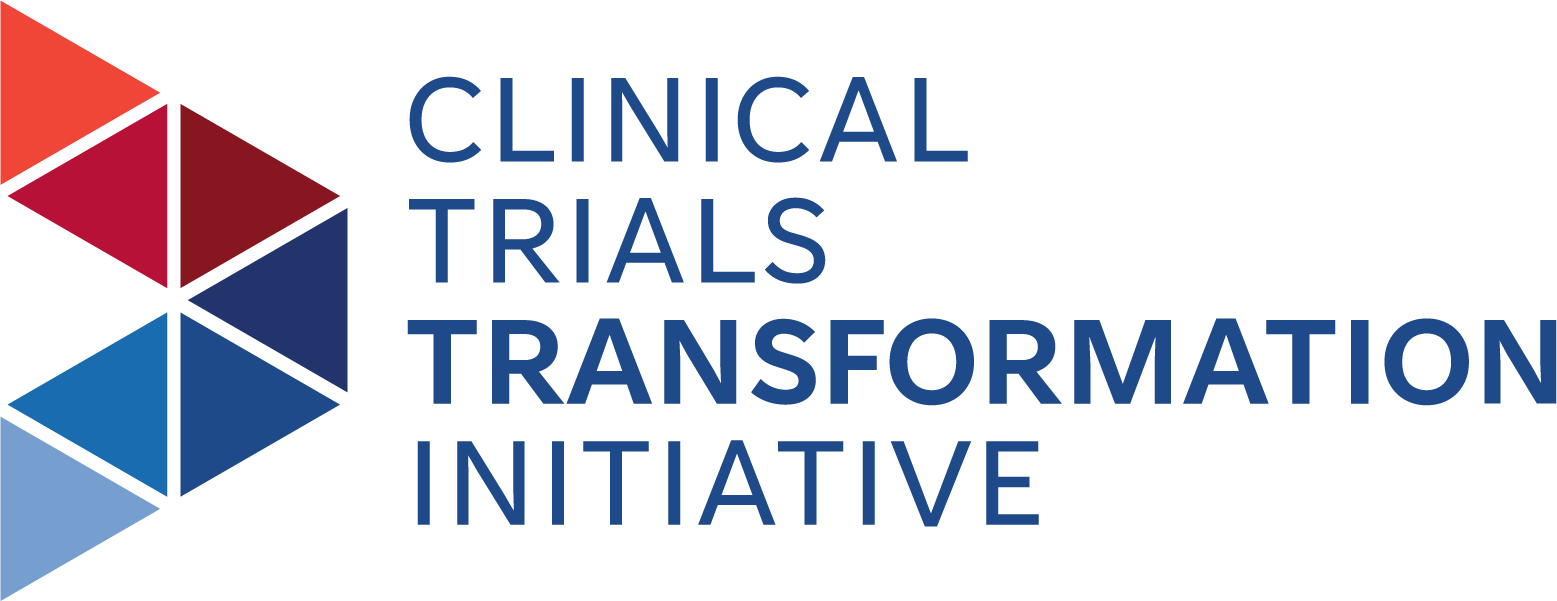Pfizer Brings in the Patient Voice to Test Assumptions and Increase Retention
Pfizer Applies CTTI's Patient Group Engagement Recommendations
SUMMARY
With the lower ranks concerned about potential timeline lapses and increased uncertainty, Pfizer leadership found its teams repeatedly missing opportunities to bring the patient voice into its product lifecycles. Using CTTI's quantifiable evidence that patient engagement actually adds, not detracts, from a study's ultimate goals, the organization launched a massive patient engagement strategy to transform its culture and integrate patient insights into every study Pfizer runs. Here's how they did it.
GOAL(S)
Inspired by the results of the Patient Group Engagement (PGE) survey examining perceptions among different stakeholders as to the value of successful patient group engagement in clinical trials, Pfizer sought to establish a comprehensive approach to working with patient advocacy groups in its own organization.
CHALLENGES
The PGE survey results revealed that other pharmaceutical companies mirrored what Pfizer saw in its own organization: a well-established conviction that increased patient engagement was the right thing to do was being repeatedly stymied by logistical concerns that more engagement would lead to longer timelines and increased uncertainty in its trials. Without a dedicated process or point of contact for patient engagement established, Pfizer engaged patients and advocacy groups sporadically and only when needed, missing out on valuable opportunities to advance its trials with patient insights across the product lifecycle.
SOLUTION(S)
Along with its survey, PGE offered recommendations and tools to help organizations overcome these challenges and kick-start a comprehensive engagement approach. Among these was something Pfizer's patient engagement proponents knew was crucial to getting buy-in from senior leaders: published, quantifiable evidence that engagement strategies work. This data sparked healthy internal discussions with senior leaders that resulted in a commitment to begin applying and testing patient engagement strategies to inform a full corporate-wide initiative.
TAKING ACTION
Science-based organizations lead with good evidence, which is why Pfizer embarked on its mission with PGE's solid proof that patient insights can have a positive effect on protocol amendments, recruitment, retention and compliance-- the major measurable components of a trial by which clinical developers live and breathe. The publication helped educate Pfizer on the surprisingly diverse set of views among stakeholders around what "value" actually is. It also highlighted the significant gulf between what clinical leads think about the value of working with patient advocacy groups and what the patient advocacy group feels they can offer. Once Pfizer had senior buy-in, it looked to the PGE chevron diagram detailing how patients can provide value across the product lifecycle. Prior to this, Pfizer knew it was guilty of only seeking out patients in a pinch and that it needed more consistent engagement with its advocacy groups. What it didn't realize was how many other opportunities to bring value with patient insights it had been missing. Armed with this new knowledge, Pfizer's patient engagement advocates leveraged Pfizer's "Dare to Try" construct, which encourages employees to use small experiments to prove hypotheses prior to bringing an idea to scale. After several "Dare to Try" initiatives testing out various patient engagement strategies across the product cycle, the team set out to quantify the benefit of the change. What was the protocol before patient input? Did the subsequent changes eliminate a protocol amendment or ease the trial's burden to increase retention? What is the quantifiable value of that? Results were unequivocally positive and gave the team the momentum they needed. "Sliding on ice" is how one senior leader put it. All that was left was to make the process repeatable and communicate it across the organization.
IMPACT
Over a period of 18 months, Pfizer developed and launched a comprehensive patient engagement strategy to guide its 90,000-plus employees in when, how, and why to engage with patients and advocacy groups. The new approach is now embedded in Pfizer's culture and championed from the very top of the organization. Every protocol reviewed by Pfizer's head of Clinical Development is held accountable to its new way of working before it moves to the clinic. Did the protocol authors seek out patient insights? If so, how? If not, why? One leader explains it succinctly: "Today at Pfizer, patient engagement is no longer an opt-in, but an opt-out-- and only with very good reason."
ADVICE
From Pfizer's perspective, the hardest part was getting started. Once the organization committed to breaking its inertia, the positive momentum helped keep things moving. Even still, its leaders advise that other organizations not make communications and change management an afterthought. People need to know why patient engagement is important and what they are responsible for via a variety of communication vehicles. Pfizer set up a dedicated website and also incorporated the messaging into its brand identification. Senior leaders also warn that overhauling processes in a massive way-- particularly in a large organization like Pfizer-- requires moxie and constitution. It is not only lengthy and often mundane, but it also requires compromise and collaboration across functional areas. Pfizer's advice is to prepare for the work it will take before diving in, keeping in mind that once the strategy is deployed, the benefits are tremendous and well worth the time.
ORGANIZATION
Pfizer
ORGANIZATION TYPE
Industry
IMPLEMENTATION DATE
2018
TOPIC
Patient Engagement
